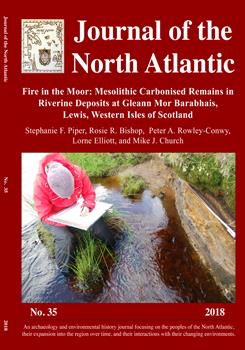BioOne.org will be down briefly for maintenance on 14 May 2025 between 18:00-22:00 Pacific Time US. We apologize for any inconvenience.
No. 35: Fire in the Moor: Mesolithic Carbonised Remains in Riverine Deposits at Gleann Mor Barabhais, Lewis, Western Isles of Scotland

No abstract available
No abstract available
